
Last Tuesday, nearly 100 people gathered in Jackson to connect with their neighbors around a troubling statistic: Amador County has the third-highest suicide rate in California.

Last Tuesday, nearly 100 people gathered in Jackson to connect with their neighbors around a troubling statistic: Amador County has the third-highest suicide rate in California.

In the Northern California city of Santa Rosa, two radio stations are teaming up to cover the story of a low-income neighorhood's annexation in an unconventional way.

This reporting is supported by the USC Annenberg Center for Health Journalism Impact Fund.

The reporting is supported by a grant from the USC Annenberg Center for Health Journalism Impact Fund.
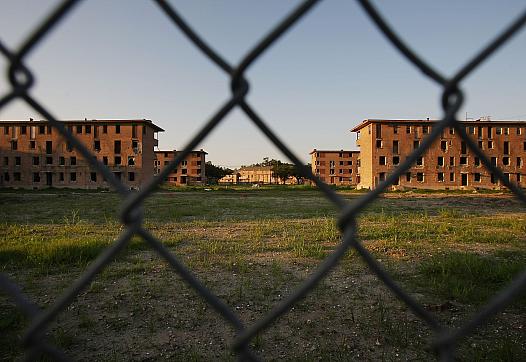
A growing body of research over the past decade has begun to tease out the ways the experience of geography and discrimination affect physiology and health. Neighborhood conditions, access to healthy food, the experience of race and class — such forces can influence everything from average lifespan

This work is supported by a grant from the USC Annenberg Center for Health Journalism Impact Fund....
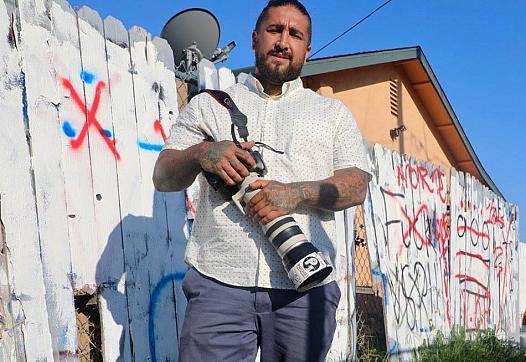
This story is supported by a grant from the USC Annenberg Center for Health Journalism's Impact Fund.
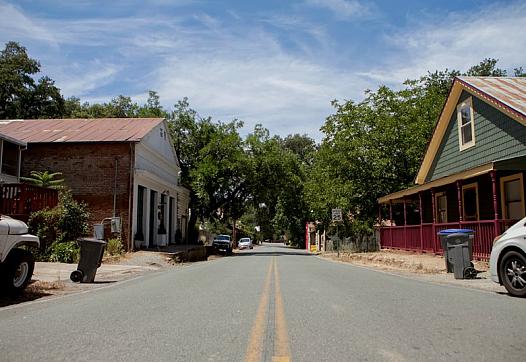
This story was produced as a project for the 2018 California Fellowship, a program of the Center for Health Journalism at USC Annenberg.
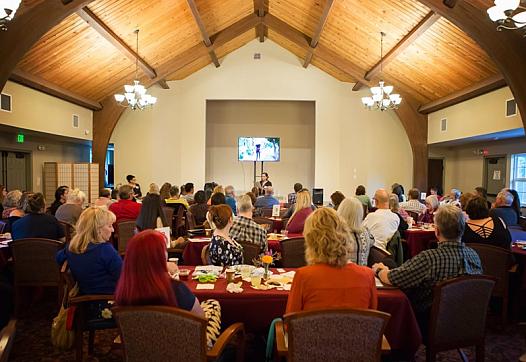
This story was produced as a project for the 2018 California Fellowship, a program of the Center for Health Journalism at USC Annenberg.
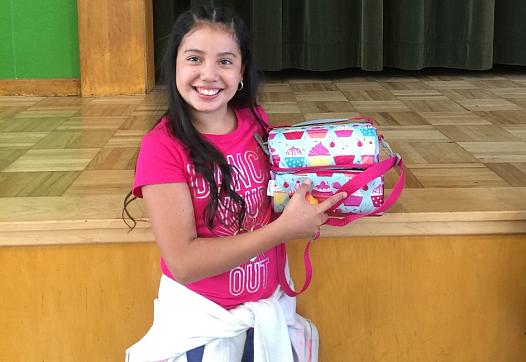
This reporting is supported by the USC Annenberg Center for Health Journalism Impact Fund.